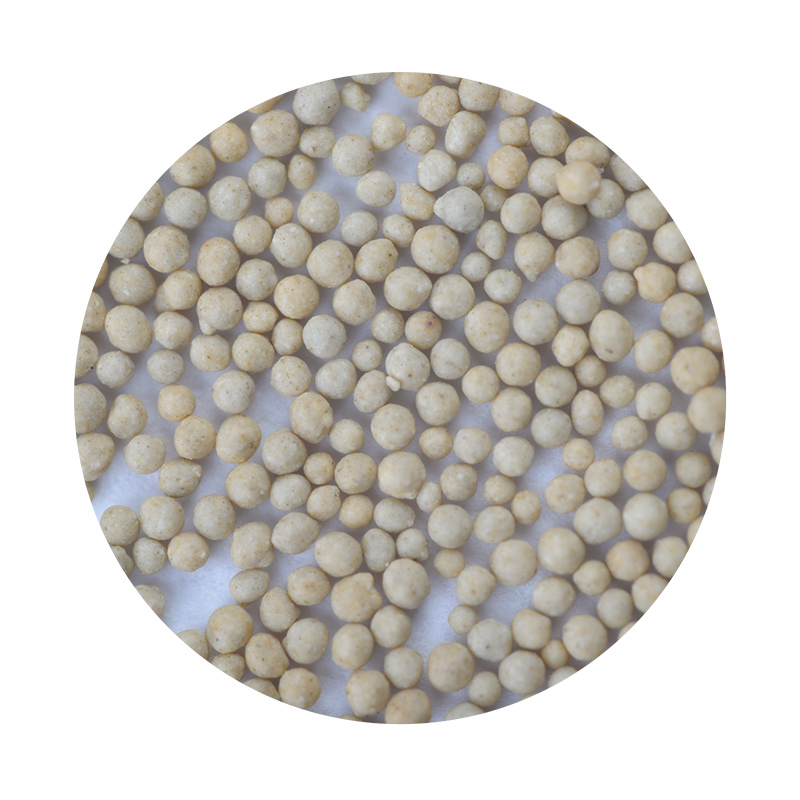The Importance of Sanding 3D Printed Objects Achieving Optimal Finish and Quality
In the world of 3D printing, achieving a polished final product is often a key aspect of successful projects. One of the most effective methods to enhance the appearance and functionality of 3D printed objects is sanding. While 3D printing can produce highly intricate designs with remarkable precision, the resulting surfaces often have visible layer lines and rough textures. Sanding stands as a vital post-processing technique to mitigate these issues, delivering smoother finishes and better overall aesthetics.
The Importance of Sanding 3D Printed Objects Achieving Optimal Finish and Quality
The process of sanding begins with selecting the appropriate grit sandpaper. For initial sanding, coarser grits, such as 100 to 150, are often recommended to remove significant material and smooth out any rough areas. After the primary sanding, finer grits, typically ranging from 220 to 400, are used to refine the surface and eliminate scratch marks left by the coarser paper. It is essential to progress gradually through the grits; jumping from a low to a high grit can result in an unsatisfactory finish. For the best results, it is beneficial to sand in circular motions or along the grain of the print, depending on the design and texture of the object.
sanding 3d printed

Another important consideration during the sanding process is the temperature of the material. Particularly with thermoplastics like ABS, excessive heat generated through aggressive sanding may warp the material. To mitigate this risk, it can be helpful to frequently cool the part with water or work in a cooler environment. Moreover, wearing a mask and goggles is advisable to protect against dust and debris produced while sanding, which can pose health risks if inhaled or if particles come into contact with the eyes.
Sanding also plays a crucial role in preparing 3D printed parts for additional finishing techniques. After sanding, many creators choose to apply primers and paints to their projects. A well-sanded surface will ensure a more even coat and better adhesion, preventing issues such as peeling or uneven textures. Furthermore, post-processing techniques such as epoxy resin coating can be effectively applied to a sanded piece, giving it a glossy finish that enhances both durability and aesthetics.
In conclusion, the art of sanding 3D printed objects cannot be overlooked for those looking to elevate the quality of their prints. By utilizing the proper sanding techniques and materials, creators can significantly improve the surface finish of their work. This not only enhances the visual appeal of the final product but also increases its functionality, paving the way for more professional results in the ever-evolving world of 3D printing. Whether for personal projects, prototypes, or commercial products, investing time in sanding pays off, allowing makers to bring their creative visions to life with a level of precision and beauty that truly stands out.
Post time:Pro . 22, 2024 14:01
Next:super sand g2
